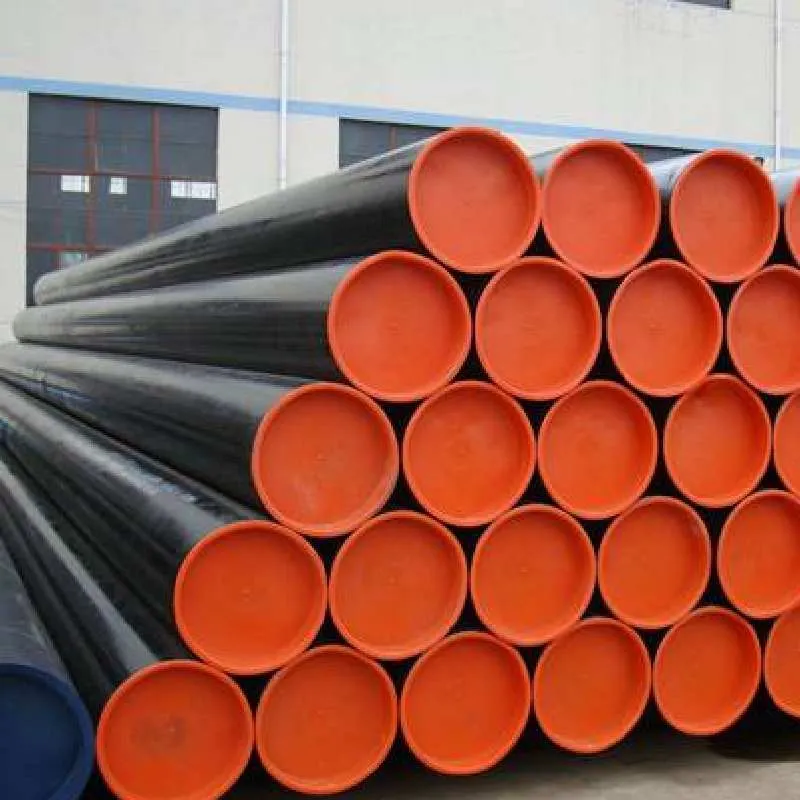-
Cangzhou Yulong Steel Co., Ltd.
-
Phone:
+86 13303177267 -
Email:
admin@ylsteelfittings.com
- English
- Arabic
- Italian
- Spanish
- Portuguese
- German
- kazakh
- Persian
- Greek
- French
- Russian
- Polish
- Thai
- Indonesian
- Vietnamese
- Zulu
- Korean
- Uzbek
- Hindi
- Serbian
- Malay
- Ukrainian
- Gujarati
- Haitian Creole
- hausa
- hawaiian
- Hebrew
- Miao
- Hungarian
- Icelandic
- igbo
- irish
- Japanese
- Javanese
- Kannada
- Khmer
- Rwandese
- Afrikaans
- Albanian
- Amharic
- Armenian
- Azerbaijani
- Basque
- Belarusian
- Bengali
- Bosnian
- Bulgarian
- Catalan
- Cebuano
- China
- China (Taiwan)
- Corsican
- Croatian
- Czech
- Danish
- Esperanto
- Estonian
- Finnish
- Frisian
- Galician
- Georgian
- Kurdish
- Kyrgyz
- Lao
- Latin
- Latvian
- Lithuanian
- Luxembourgish
- Macedonian
- Malgashi
- Malayalam
- Maltese
- Maori
- Marathi
- Mongolian
- Myanmar
- Nepali
- Norwegian
- Norwegian
- Occitan
- Pashto
- Dutch
- Punjabi
- Romanian
- Samoan
- Scottish Gaelic
- Sesotho
- Shona
- Sindhi
- Sinhala
- Slovak
- Slovenian
- Somali
- Sundanese
- Swahili
- Swedish
- Tagalog
- Tajik
- Tamil
- Tatar
- Telugu
- Turkish
- Turkmen
- Urdu
- Uighur
- Welsh
- Bantu
- Yiddish
- Yoruba

Oct . 31, 2024 01:39 Back to list
buttwelded
The Importance of Buttwelded Joints in Modern Fabrication
Buttwelding is a critical process in the world of metal fabrication that plays a pivotal role in bringing together various components of structures, pipelines, and machinery. This method involves joining two pieces of metal end-to-end, creating a strong and seamless connection that can withstand high levels of stress and pressure. With the growing demands of industries such as construction, oil and gas, and manufacturing, the significance of buttwelded joints cannot be overstated.
One of the primary advantages of buttwelding is the strength it provides. When two metal pieces are joined through this method, the resulting joint often has a strength equivalent to or greater than that of the base materials themselves. This is particularly crucial in applications where safety and integrity are paramount, such as in the construction of bridges, pressure vessels, and pipelines used in transporting hazardous materials. The continuous nature of a buttwelded joint eliminates the weaknesses often associated with other types of joints, such as bolted or riveted connections, which may be more susceptible to fatigue and failure over time.
Additionally, buttwelding offers excellent leak-proof capabilities, making it the preferred method for joining pipes in industries where fluid transfer is essential. In the oil and gas sector, for instance, ensuring that pipelines are secure and free from leaks is vital for protecting the environment and maintaining operational efficiency. The seamless nature of buttwelds minimizes the risk of failure due to corrosion or external pressure, thus enhancing the reliability of the system.
buttwelded

The process of buttwelding involves several steps, including preparation, alignment, and the actual welding process. Preparation is crucial as it involves cleaning the edges of the metal pieces to ensure a strong bond. Proper alignment is also vital, as even minor misalignments can lead to defects in the weld. Advances in technology, such as automated welding machines and laser alignment tools, have greatly improved the precision and efficiency of buttwelding, making it accessible for both large-scale industrial applications and smaller fabrication works.
However, like any manufacturing method, buttwelding does come with its challenges. The quality of the weld is heavily dependent on factors such as temperature control, weld speed, and the skill of the welder. Inadequate attention to these aspects can result in weld defects, such as cracks, porosity, or incomplete fusion, which can compromise the integrity of the joint. Therefore, it is essential for companies to invest in proper training and technology to ensure high-quality welding processes.
Another consideration in buttwelding is the choice of filler material. While many metals can be welded using this method, selecting the appropriate filler material is crucial to achieving the desired mechanical properties and compatibility with the metal being joined. This factor is particularly important in industries where specific standards and regulations must be adhered to.
In conclusion, buttwelding remains an indispensable process in modern fabrication, offering unparalleled strength, reliability, and efficiency in metal joining. As industries continue to evolve and new materials emerge, the techniques and technologies associated with buttwelding will undoubtedly advance, maintaining its position as a cornerstone of metalworking. Understanding its importance helps us appreciate the vital role it plays in our infrastructure and everyday products, highlighting the art and science behind this essential fabrication technique.
Latest news
-
ANSI 150P SS304 SO FLANGE
NewsFeb.14,2025
-
ASTM A333GR6 STEEL PIPE
NewsJan.20,2025
-
ANSI B16.5 WELDING NECK FLANGE
NewsJan.15,2026
-
ANSI B16.5 SLIP-ON FLANGE
NewsApr.19,2024
-
SABS 1123 FLANGE
NewsJan.15,2025
-
DIN86044 PLATE FLANGE
NewsApr.19,2024
-
DIN2527 BLIND FLANGE
NewsApr.12,2024
-
JIS B2311 Butt-Welding Fittings LR/SR 45°/90° /180°Seamless/Weld
NewsApr.23,2024











